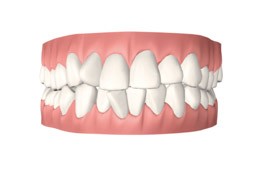
When you don’t have enough space in your jaw to fit all your teeth, your teeth will be crowding and malaligned. Crowded teeth can make it hard to brush and floss well therefore easily leading to plaque, tartar, tooth decay and other gum diseases.
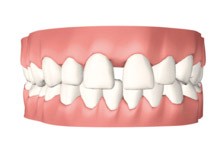
When your teeth size is relatively less than your jaw size, your teeth will be scattered with gaps, and we call that diastema. Diastema is caused by many reasons including hereditary influences such as abnormal skeletal growth and poor genetics, or environmental influences such as tooth missing or bad tongue habits. The extra space among teeth will create pockets between your teeth and gums where food can be stuck, loosen your teeth, cause gingivitis, etc.
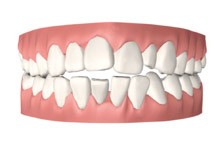
When your upper teeth and lower teeth don’t touch when you close your mouth, we call it open bite. In open bite cases, there may be one or more upper teeth bite on labial side of the lower teeth, which may cause tooth decay, gum diseases or alveolar bone absorption.
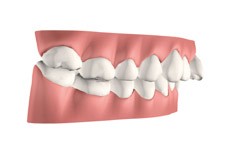
None
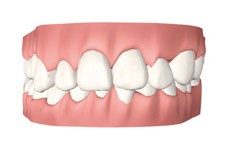
In deep overbite, the upper part of the jaws is misaligned over the lower jaw, causing the top row of teeth to severely protrude beyond those on the bottom. Deep overbite is caused by genetics, bad tongue habits or skeletal overgrown, and makes one more susceptible to tooth decay and increases the chance of developing a serious gum disease.
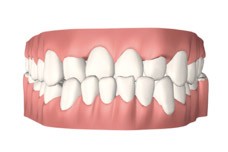
Crossbite can be referred to as negative overjet, and is typical of class III skeletal relations. In crossbite, when you close your mouth, your lower anterior teeth are in front of their antagonist teeth on the upper arch. This may happen to those who have under developed upper jaw, over developed lower jaw or both. Crossbite influences the normal function of incisors and molars, leading to premature wear and TMJ pain.